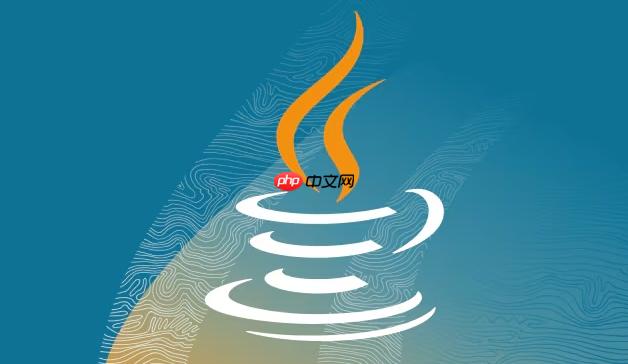Java中Queue接口实现FIFO数据结构,提供add/offer、remove/poll、element/peek三组方法处理元素,常用实现类有LinkedList、PriorityQueue和ArrayDeque,分别适用于频繁增删、优先级出队和高性能场景。

Java中的Queue接口是集合框架的一部分,主要用于实现先进先出(FIFO)的数据结构。它定义了一组操作队列的方法,广泛应用于任务调度、消息处理等场景。
Queue接口提供了以下常用方法,分为两类:抛出异常的方法和返回特殊值(如null或false)的方法。
boolean add(E e):将元素插入队列,成功返回true,若队列已满则抛出IllegalStateException。boolean offer(E e):将元素插入队列,成功返回true,失败返回false(常用于有容量限制的队列)。E remove():移除并返回队首元素,如果队列为空,抛出NoSuchElementException。E poll():移除并返回队首元素,如果队列为空,返回null。E element():返回但不移除队首元素,队列为空时抛出NoSuchElementException。E peek():返回但不移除队首元素,队列为空时返回null。Java提供了多个Queue接口的实现类,适用于不同场景。
Queue和List接口,可用作队列使用。
Queue<String> queue = new LinkedList<>();
queue.offer("A");
queue.offer("B");
System.out.println(queue.poll()); // 输出 A
null,也不支持不可比较的对象。
Queue<Integer> pq = new PriorityQueue<>();
pq.offer(3);
pq.offer(1);
pq.offer(2);
System.out.println(pq.poll()); // 输出 1
LinkedList作为队列使用。null元素。
Queue<String> deque = new ArrayDeque<>();
deque.offer("first");
deque.offer("second");
System.out.println(deque.peek()); // 输出 first
System.out.println(deque.poll()); // 输出 first
根据实际需求选择合适的实现:
立即学习“Java免费学习笔记(深入)”;
PriorityQueue。ArrayDeque。LinkedList。以上就是Java Queue接口常用方法及实现的详细内容,更多请关注php中文网其它相关文章!

每个人都需要一台速度更快、更稳定的 PC。随着时间的推移,垃圾文件、旧注册表数据和不必要的后台进程会占用资源并降低性能。幸运的是,许多工具可以让 Windows 保持平稳运行。

Copyright 2014-2025 https://www.php.cn/ All Rights Reserved | php.cn | 湘ICP备2023035733号